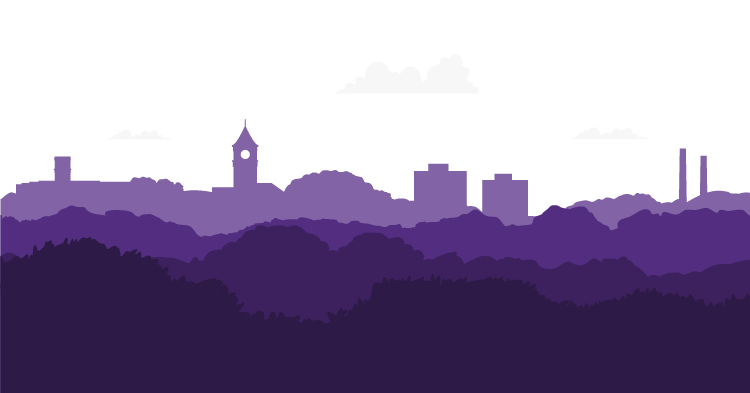This code will build a simple form requesting Name, Email and Feedback information. The code must be entered into Cascade from the html editor, not from the WYSIWYG editor. Open the html editor by selecting the html button on the WYSIWYG toolbar. Copy the following text in red into the “body” or “content” section of your form page, where you want the form fields to go.
<form action=”http://www.clemson.edu/cgi-bin/formail.cgi” method=”POST”>
<label><strong>Name: </strong>
<input id=”realname” maxlength=”50″ name=”realname” size=”40″ /> </label>
<label><strong>Email:</strong> <input id=”email” name=”email” size=”50″ /> </label> <label><strong>Feedback</strong></label>
<textarea id=”feedback” cols=”45″ rows=”4″ name=”feedback”></textarea>
<!– CONFIGURATION AREA –>
<input name=”subject” type=”hidden” value=”Subject Line of Email” />
<input name=”redirect” type=”hidden” value=”http://www.clemson.edu/xxx” />
<input name=”recipient” type=”hidden” value=”Your Email Address Here” />
<input name=”required” type=”hidden” value=”email,realname,feedback” />
<!– END CONFIGURATION AREA –>
<input name=”submit” type=”submit” />
</form>
Once the form code is copied into the html editor, edit the values located in the “Configuration Area” to customize the form results you will receive via email when the form is completed and submitted.
The value=”Subject Line of Email” refers to the text that will be displayed in the Subject: field in the email messages you receive when the form is submitted. Edit this code to customize the subject line.
The value=”http://www.clemson.edu/xxx” refers to a web page, such as a thank you page, that will load automatically when the form page is submitted. Edit this code and replace the xxx with the system name of the thank you page.
The value=”Your Email Address Here” refers to the email address of the person who will receive the form results. Edit this code and replace with a valid email address.
The value=”email,realname,feedback” refers to the fields in the form that must be filled in order to submit. These values must match the values of the field names
For more information about additional optional fields to configure the form, please see the content under the heading “Optional Form Fields:” at http://www.scriptarchive.com/download.cgi?s=formmail&c=txt&f=README
